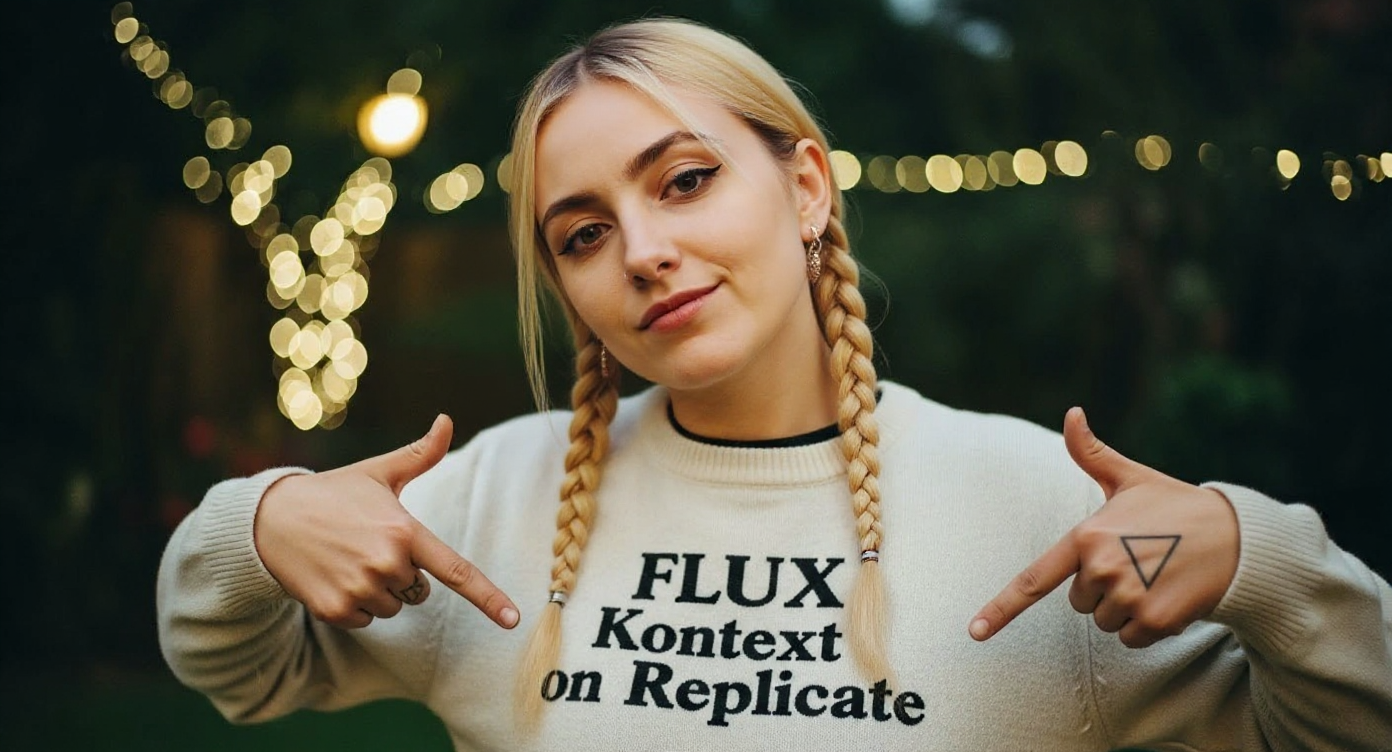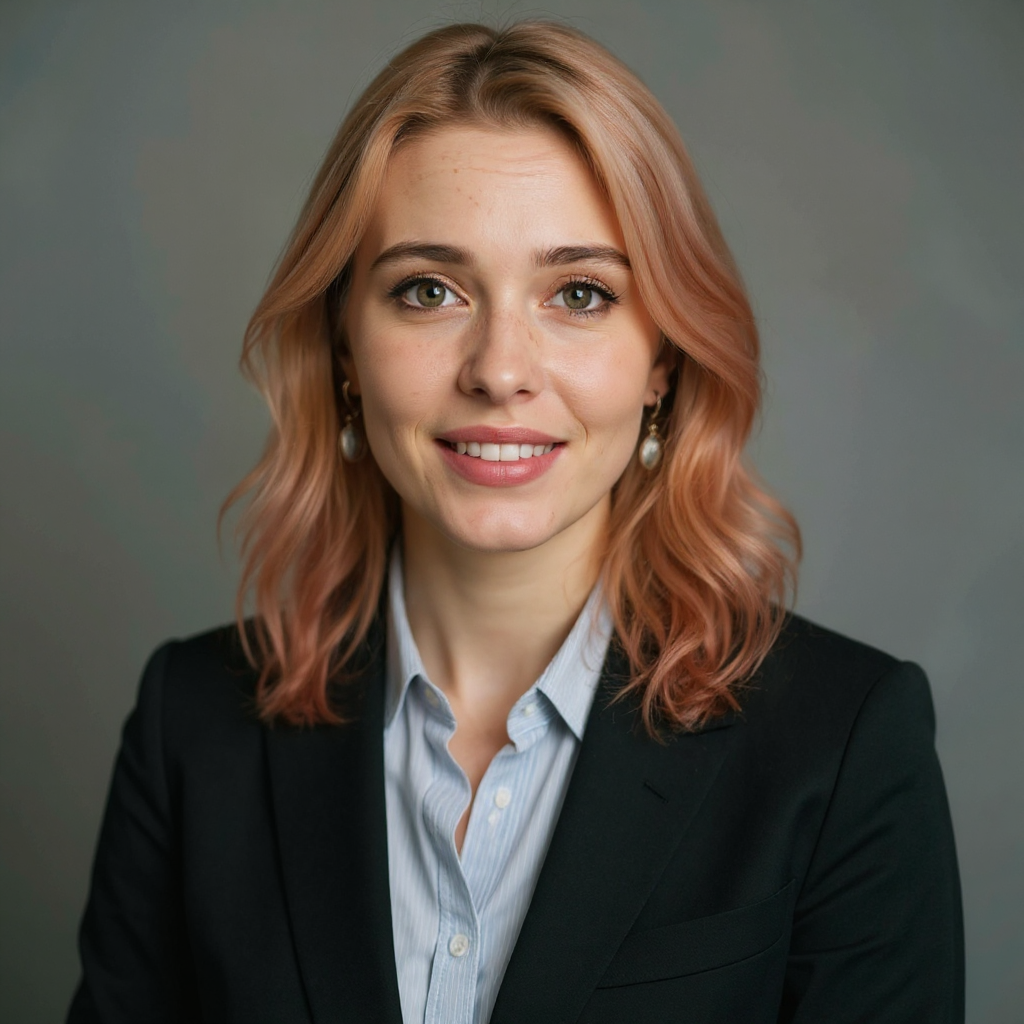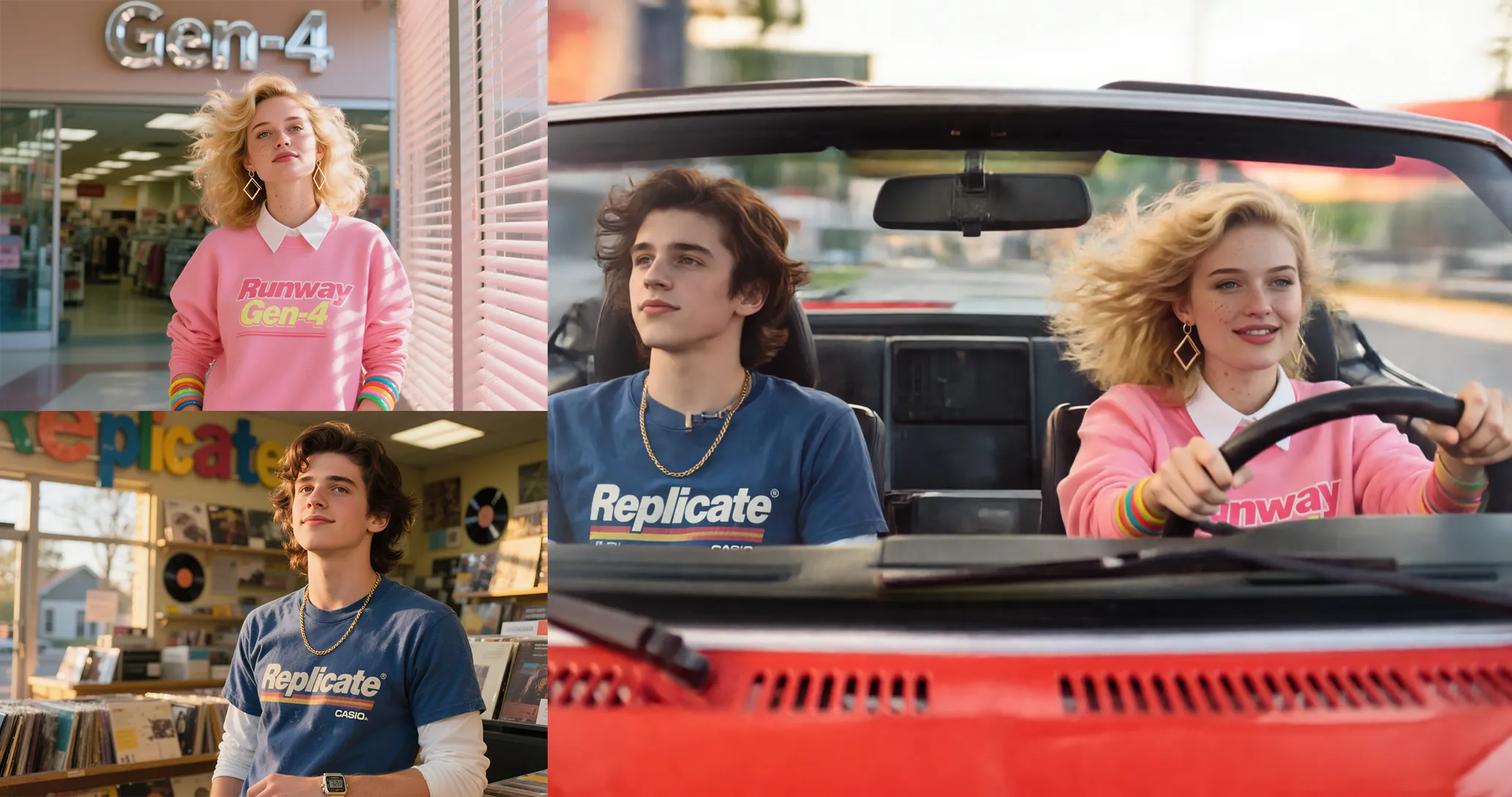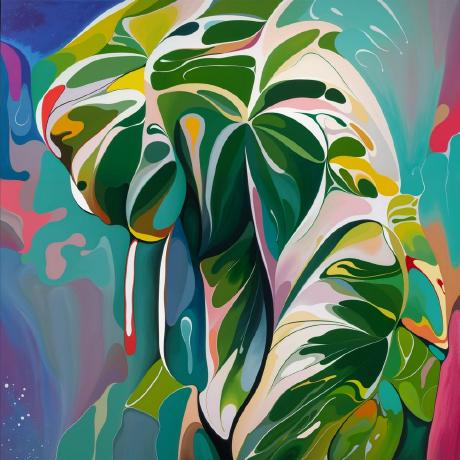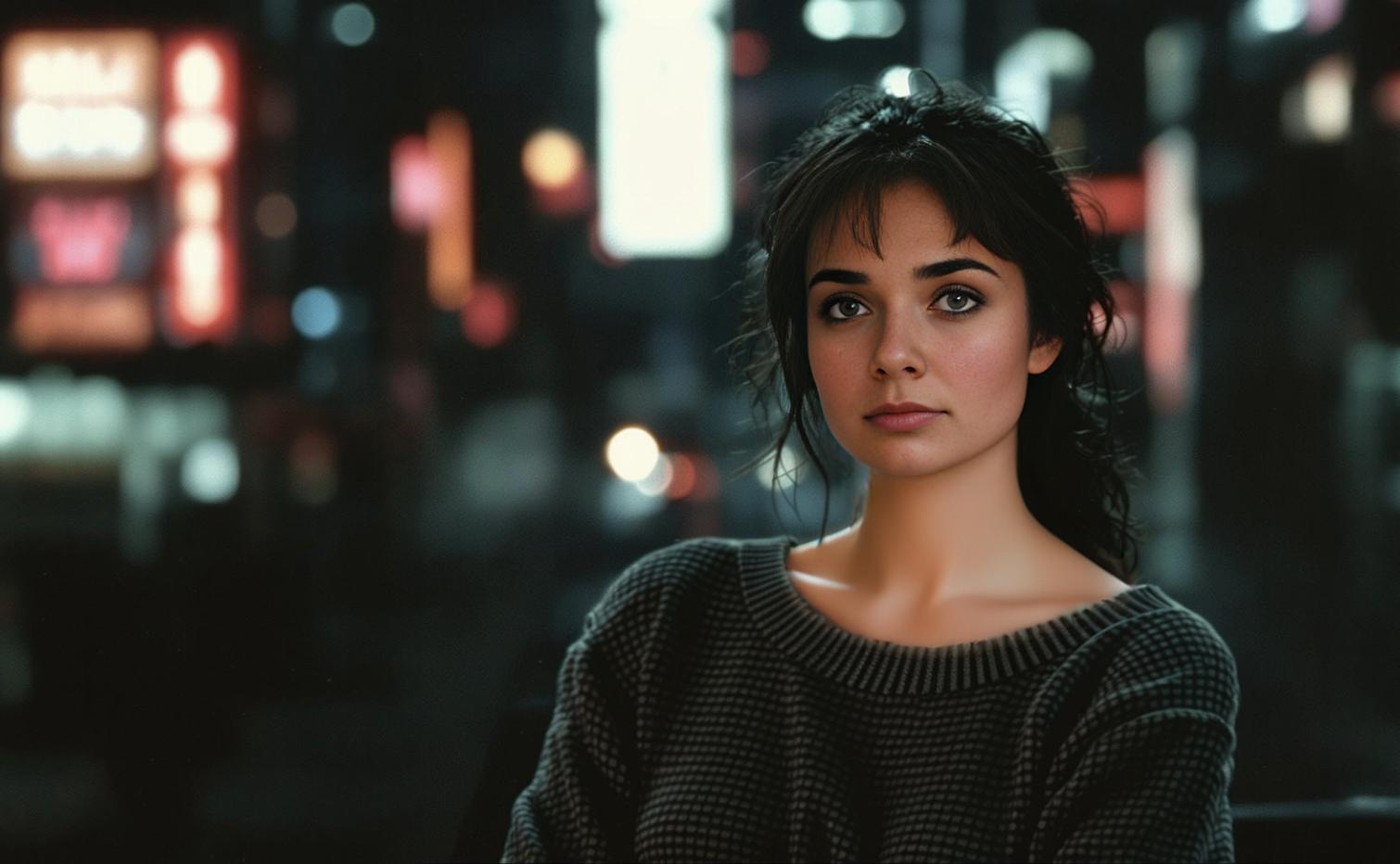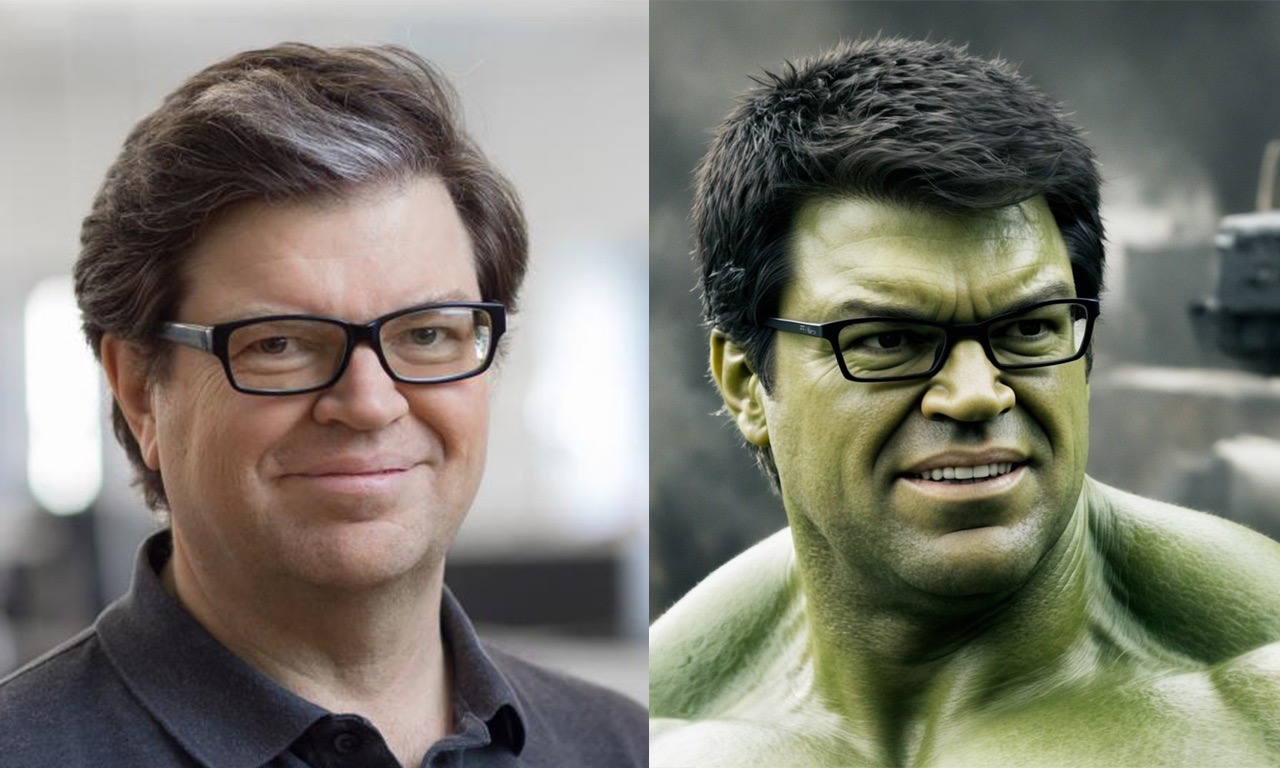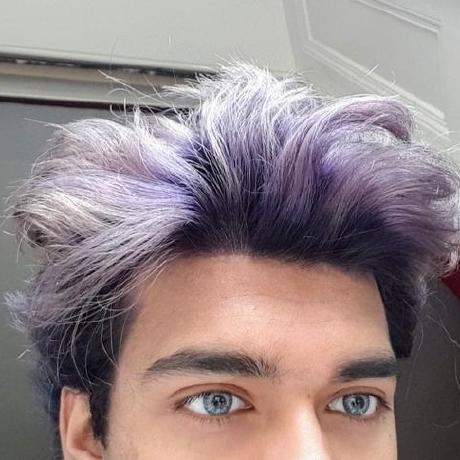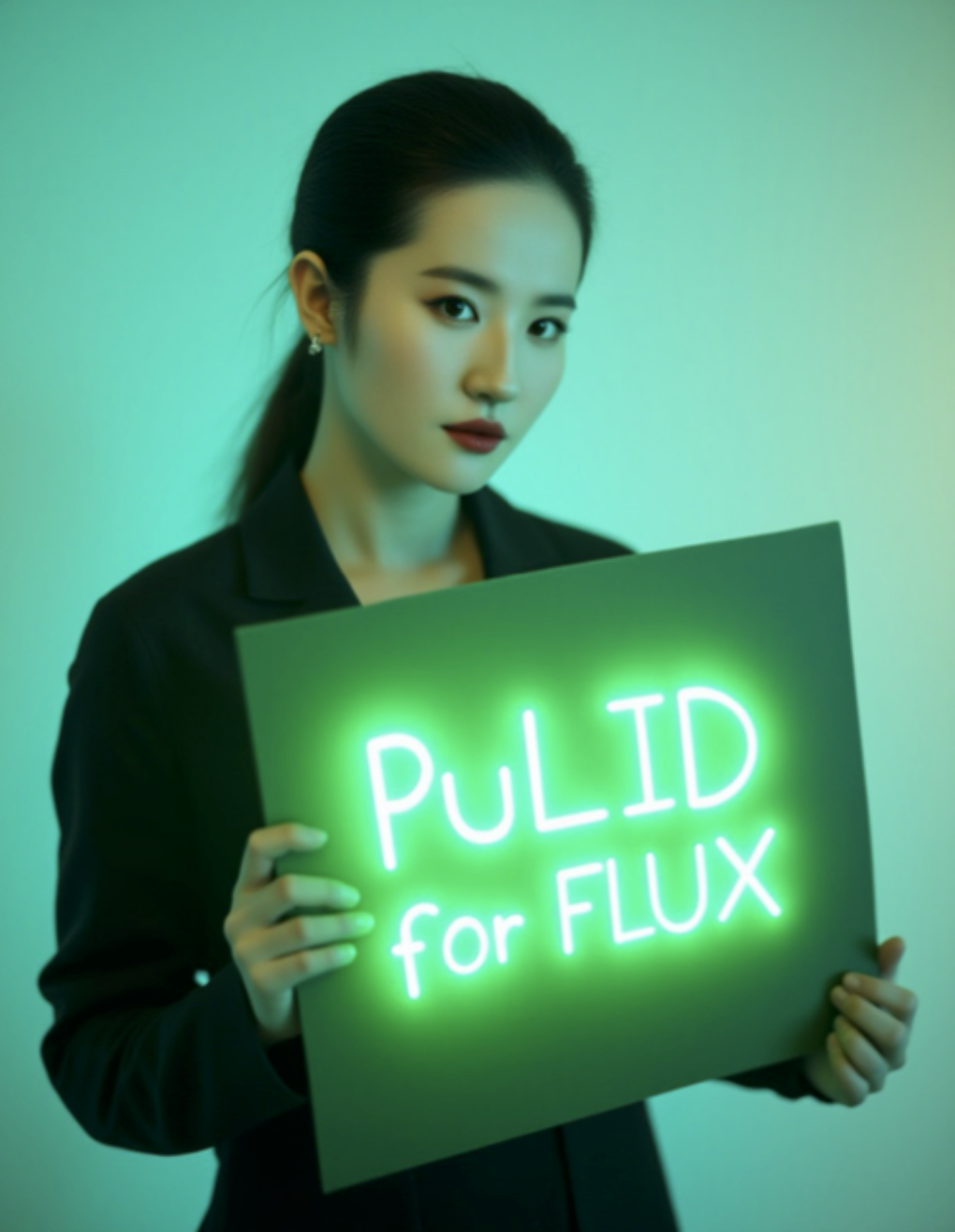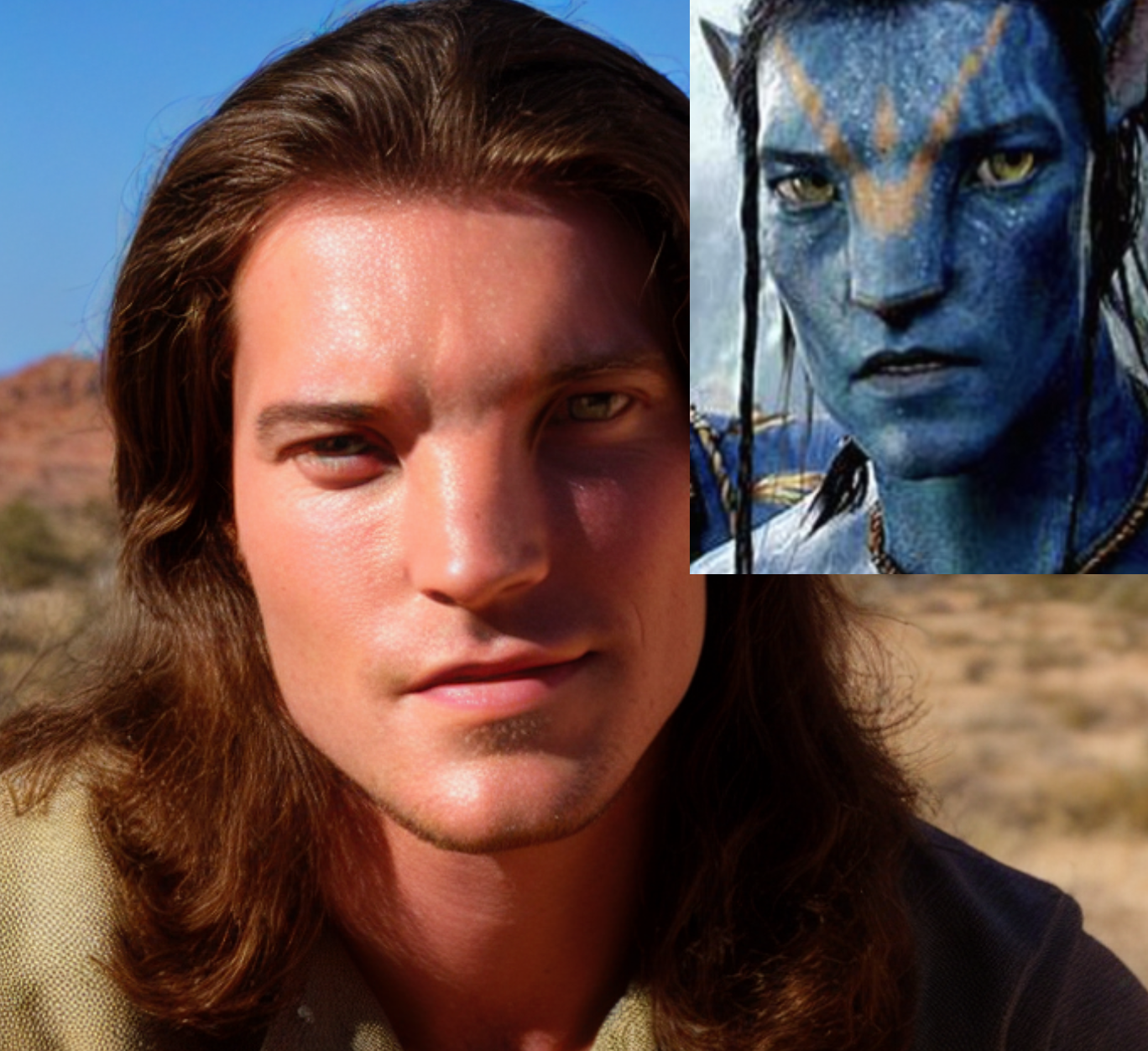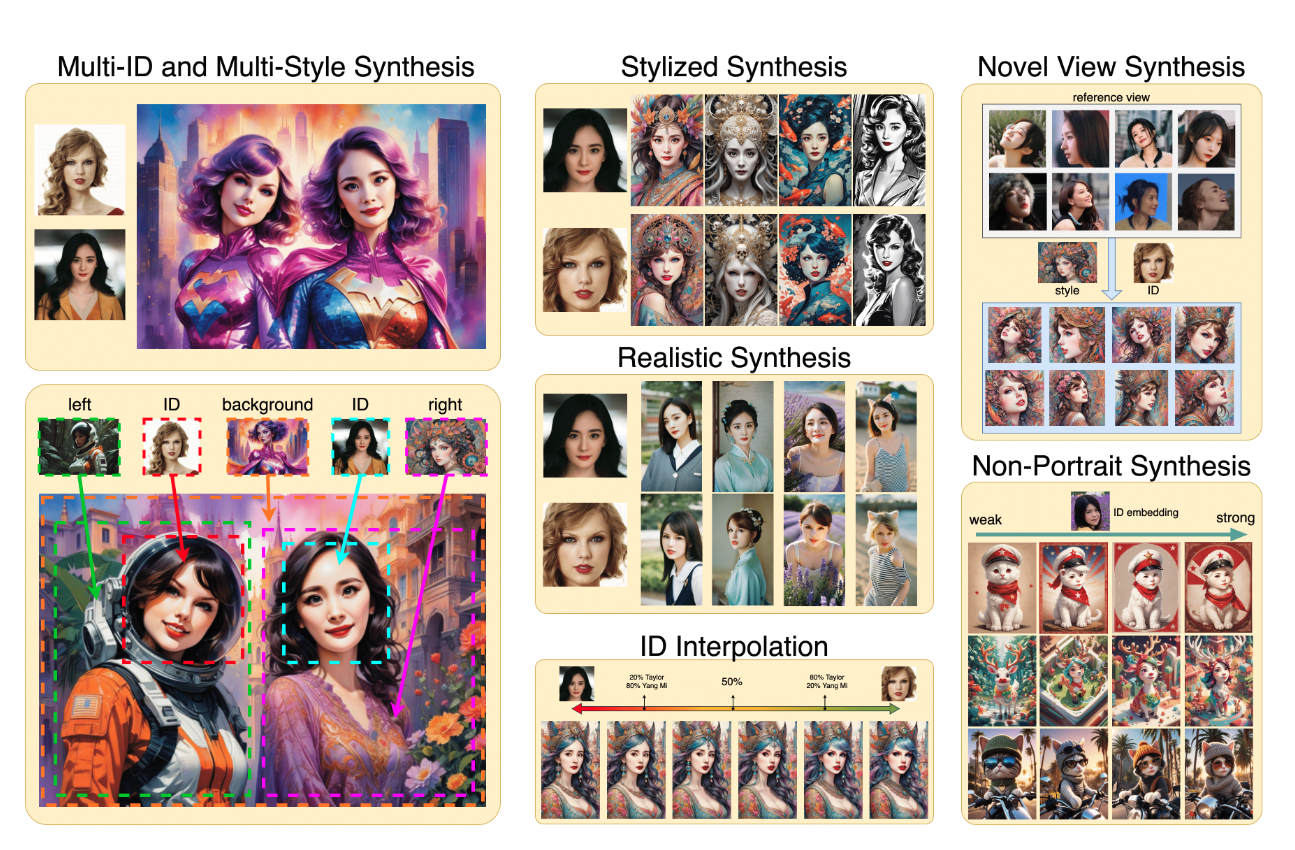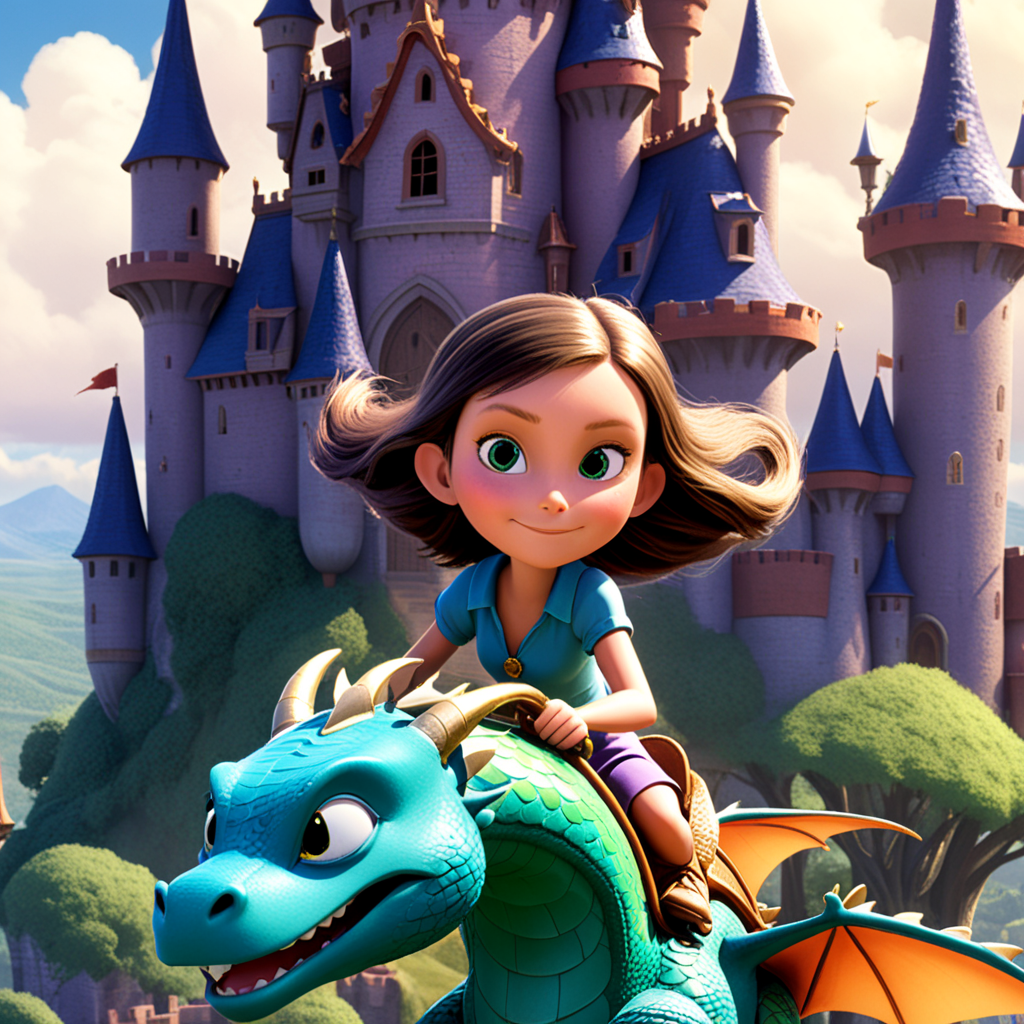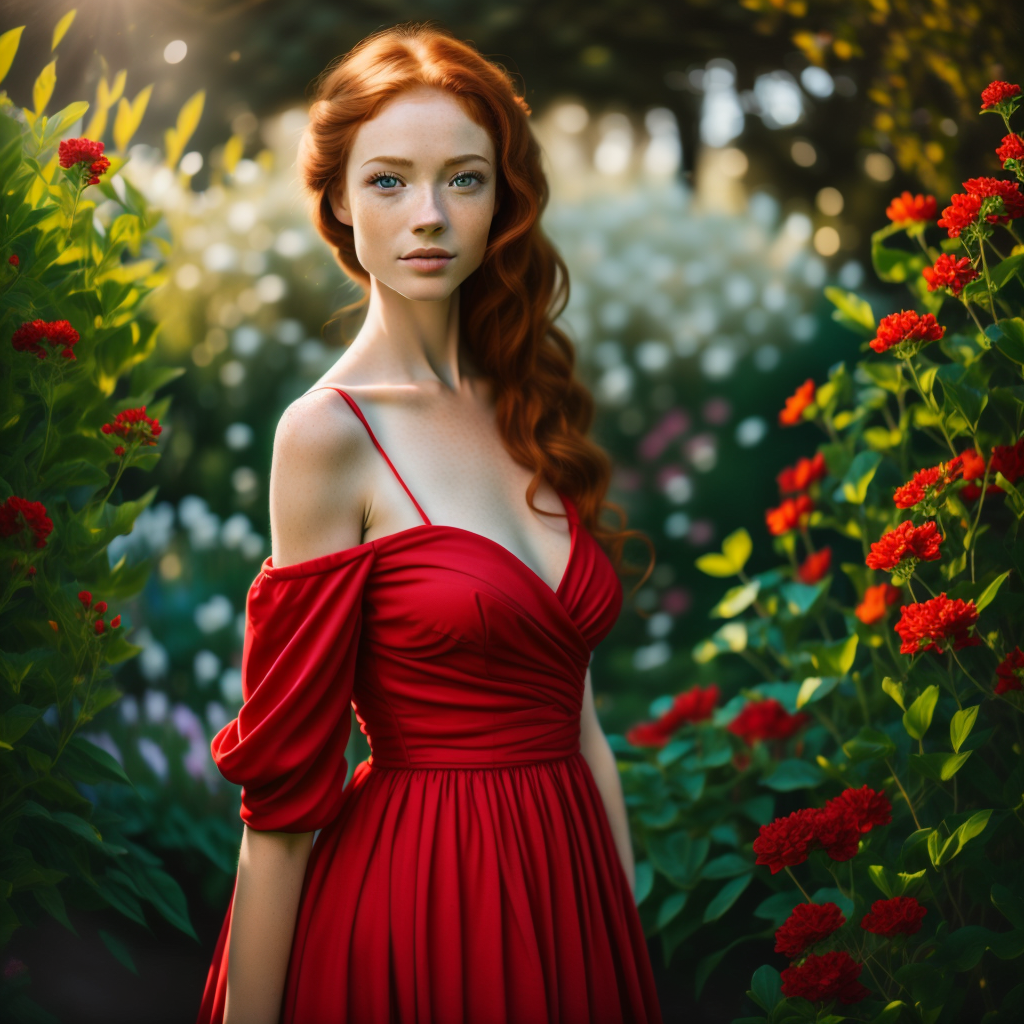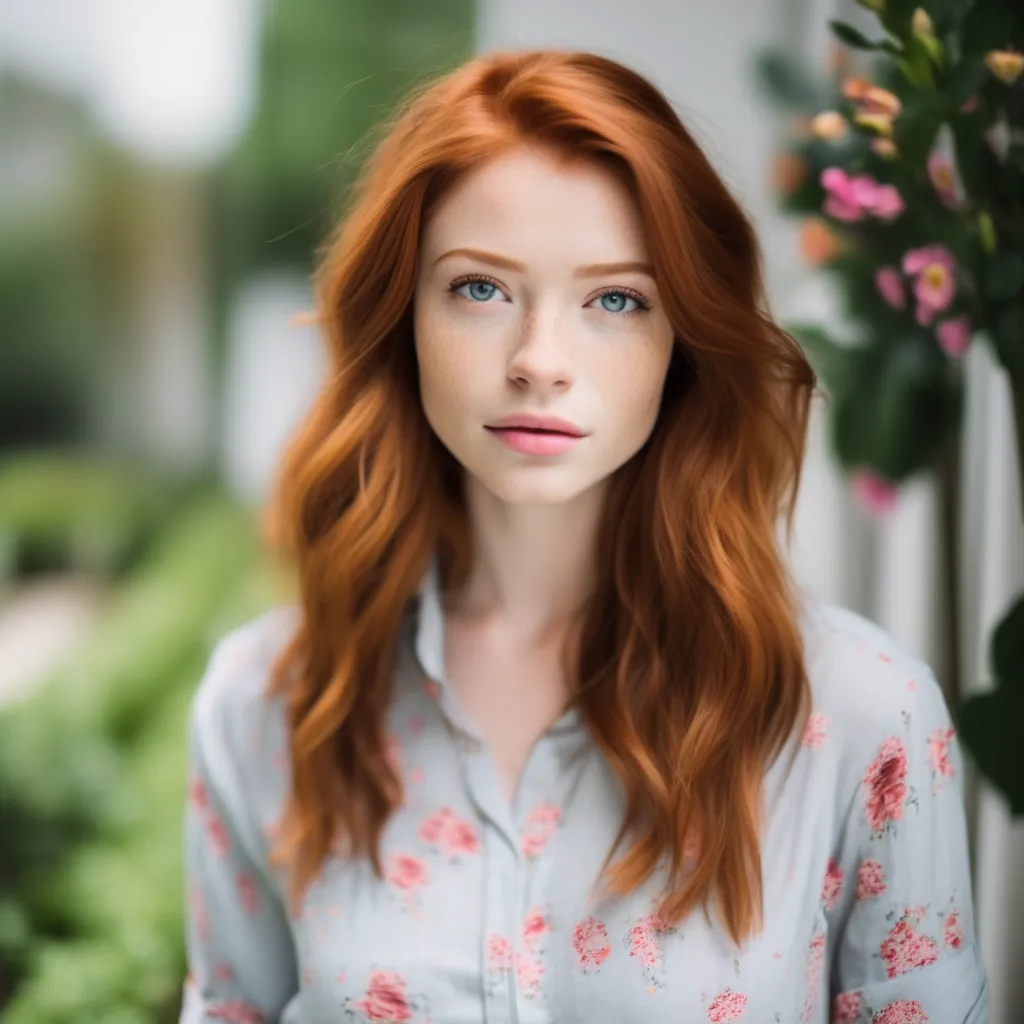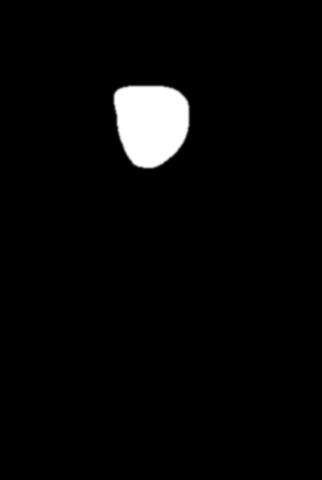Generate images from a face
These models let you generate realistic images, art, and avatars from a simple face image. They use advanced AI techniques to transform faces into new visual styles while preserving the subject's identity and features.
Key capabilities:
- Photo generation: Create realistic photos of a person in different contexts, outfits, hairstyles, etc.
- Artistic rendering: Transform a photo into paintings, sketches, anime, and other artistic styles.
- Avatar creation: Generate profile pictures, game characters, emoji, and 3D avatars matching a face.
Our Pick: flux-kontext-pro
We recommend flux-kontext-pro for most people looking to generate images from faces. It's by far the easiest model to work with. Flux.1 Kontext Pro excels at transforming a person's clothing style or context from a single face image. Just upload a photo and describe what you want, and Flux.1 Kontext Pro will generate it in seconds.
Also Great: FLUX PuLID
For another way to customize images, especially faces, while keeping important identity features, check out FLUX PuLID. This popular model can be used to make avatars and characters, edit and improve faces, and more.
Featured models
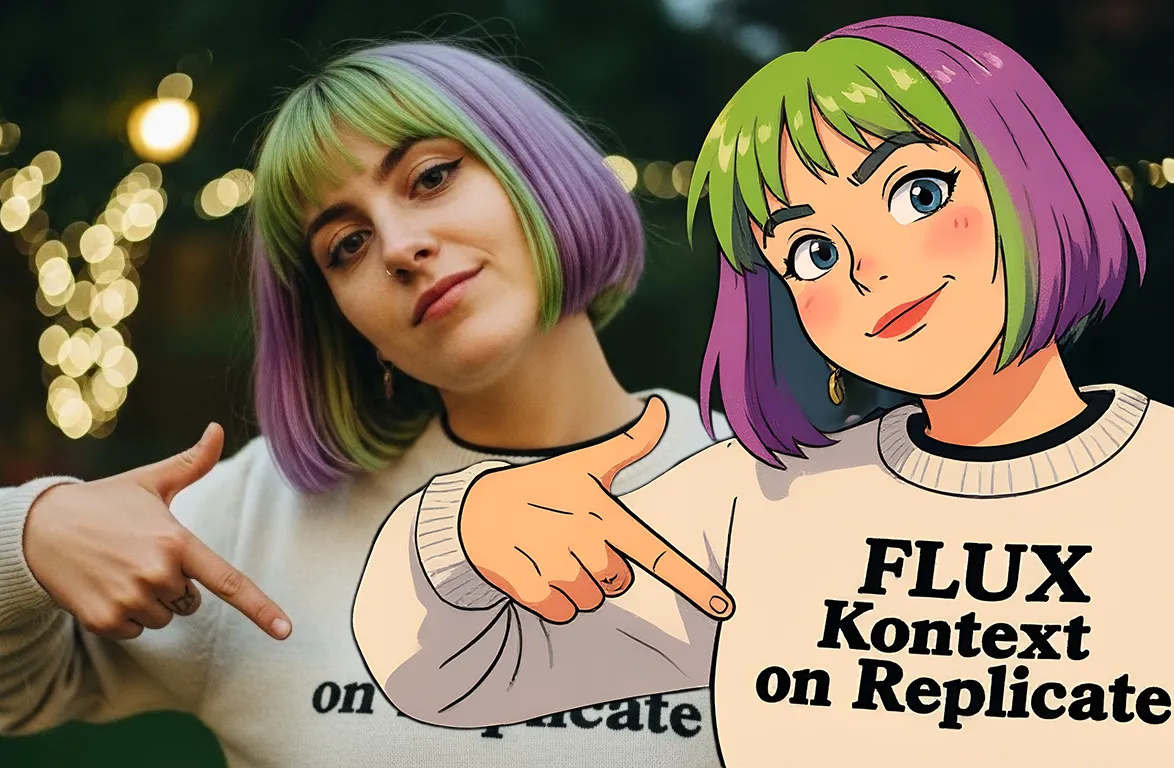
A state-of-the-art text-based image editing model that delivers high-quality outputs with excellent prompt following and consistent results for transforming images through natural language
Updated 1 month ago
40.2M runs

 ideogram-ai/ideogram-character
ideogram-ai/ideogram-characterGenerate consistent characters from a single reference image. Outputs can be in many styles. You can also use inpainting to add your character to an existing image.
Updated 1 month, 1 week ago
490.9K runs
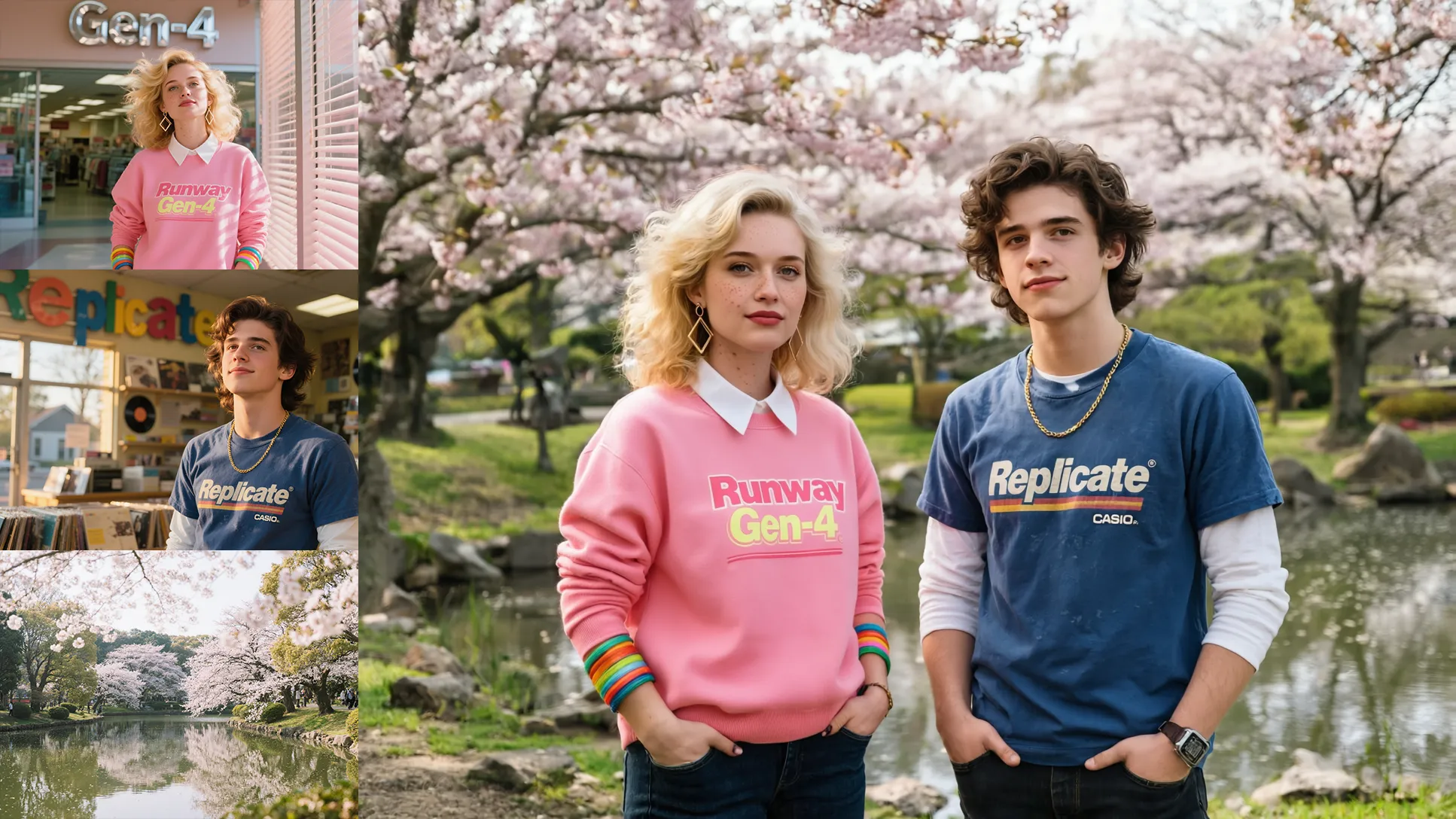
 runwayml/gen4-image
runwayml/gen4-imageRunway's Gen-4 Image model with references. Use up to 3 reference images to create the exact image you need. Capture every angle.
Updated 1 month, 1 week ago
495.4K runs
Recommended Models
Frequently asked questions
Which models are the fastest?
For quick results that still preserve identity, black-forest-labs/flux-kontext-pro is one of the fastest and most reliable options. It processes single face images in seconds and works well for both photo-realistic and stylized outputs.
If you want even faster iterations, runwayml/gen4-image-turbo is built for speed, making it ideal for generating multiple variations or testing creative directions quickly.
Which models offer the best balance of cost and quality?
black-forest-labs/flux-kontext-pro provides the best tradeoff between quality and accessibility—it handles style changes and contextual edits while maintaining facial details and lighting consistency.
For slightly higher-end results, black-forest-labs/flux-kontext-max produces sharper textures and richer color tones, though it uses more compute. If you’re working on lightweight avatar generation, ideogram-ai/ideogram-character is efficient and consistent.
What works best for generating professional portraits or headshots?
For business-style photos or polished LinkedIn portraits, flux-kontext-apps/professional-headshot is tailored specifically for this use case. It generates realistic, well-lit headshots that still look like the original person.
You can upload a casual photo and get a professional studio look without additional tuning.
What works best for avatars, emojis, and stylized art?
If you want creative or artistic transformations, fofr/face-to-many is a fan favorite—it turns faces into emoji, claymation, pixel art, or video game-style avatars.
For painted or anime-inspired looks, tencentarc/photomaker-style and grandlineai/instant-id-artistic are great picks that produce detailed stylizations while keeping facial identity intact.
What's the difference between key subtypes or approaches in this collection?
There are two main types of models:
- Transformers and diffusion-based models (like black-forest-labs/flux-kontext-pro and runwayml/gen4-image-turbo): These can change lighting, pose, clothing, and background while preserving core facial structure.
- Avatar and style-transfer models (like fofr/face-to-many or tencentarc/photomaker-style): These focus more on artistic rendering, applying creative filters or fully reimagining the person’s look.
The first group is better for realism; the second is ideal for stylistic or expressive projects.
What kinds of outputs can I expect from these models?
Most models output high-resolution images (usually portraits or busts) that preserve the input face’s key features. Some can also output multiple styles or perspectives at once.
Models like ideogram-ai/ideogram-character can create consistent characters for storytelling or design projects, while black-forest-labs/flux-kontext-pro and runwayml/gen4-image-turbo focus on single-image edits with natural results.
How can I self-host or push a model to Replicate?
You can self-host open-source models like black-forest-labs/flux-kontext-pro or tencentarc/photomaker-style using Cog or Docker.
To publish your own version on Replicate, include a replicate.yaml defining inputs (e.g., face image, prompt) and outputs (e.g., generated image), then push it to your Replicate account.
Can I use these models for commercial work?
Yes, many of these models allow commercial use, especially the black-forest-labs/flux-kontext-pro and runwayml/gen4-image-turbo families.
Always review the License section on each model page to confirm—some may have attribution or non-commercial clauses for specific derivatives.
How do I use or run these models?
Go to a model’s page on Replicate, upload a clear photo of a face, and describe your desired output (e.g., “in a Renaissance painting” or “wearing a leather jacket in a city street”).
The model will generate a new image while maintaining the subject’s likeness. You can iterate with new prompts or images to refine the style.
What should I know before running a job in this collection?
- Use well-lit, forward-facing photos for best identity preservation.
- Avoid heavily filtered or low-resolution inputs—these can confuse face alignment systems.
- Some models (like black-forest-labs/flux-kontext-pro) support masking or inpainting if you only want to change parts of an image, such as clothes or hair.
- For creative avatars, experiment with broader descriptive prompts—the more context you give, the better the output.
Any other collection-specific tips or considerations?
- For realism, prefer black-forest-labs/flux-kontext-pro, black-forest-labs/flux-kontext-max, or grandlineai/instant-id-photorealistic.
- For expressive styles, tencentarc/photomaker-style, fofr/face-to-many, or black-forest-labs/flux-pulid are better suited.
- If you need character consistency across multiple images, ideogram-ai/ideogram-character is built specifically for that.
- Some models like fofr/face-swap-with-ideogram or fofr/advanced-face-swap can combine multiple faces into one image for creative composites.

